Ruby Taylor of Native Hands shares her March – April forage of the month, starring cleavers and nettles in a springtime tonic we can appreciate all the more in these challenging times.
This is my favourite thing to make as spring arrives. Cleavers and nettles make one of the best spring tonics: cleavers are great for the lymphatic system and nettles are full of nutrition.
Cleavers has a lot of different names, but if often commonly known as goose grass or sticky weed. It’s the one that you can throw at your friend’s back and it’ll stick there without them feeling a thing.
Cleavers grow abundantly in gardens/allotments and any marginal area. They appear in my flower beds a lot, they’re vigorous self seeding plants. I leave them there so I can harvest them for juicing, but it’s not a popular plant with gardeners, as it can be very invasive.
Nettles often grow in the same place as cleavers; they like the same conditions and soil. You want the top six leaves of the nettles, as they’re the ones that are nice and juicy. If you harvest regularly from a patch of nettles, they’ll keep producing new, young leaves.

Credit: Native Hands
Method
Gather a small handful of the young leaves of each plant and crush in a pestle and mortar with a few tablespoons of water added. Strain and keep the juice. Repeat the crushing and straining to get a glassful of juice. Drink straight away while it’s vibrant green.
A masticating juicer is great to use for this too, especially for the nettle leaves (which can be a bit harder to process in a pestle and mortar. If you find this is the case, use fewer nettles and more cleavers).
I’ll be having a glass of this every morning for the next month or so until the cleaver plants start to flower with tiny, white, star shaped flowers.
Further uses
Later in the year both of these two plants become really useful for other reasons.
If you’ve been to a Native Hands course you’ll have seen that we start the camp fire each day using a bunch of dried cleavers. It’s one of the best plants to use for this. We look at how and when to forage cleavers for this on our Fire Making day course.
Nettles are well known for being a good source of fibre for making cordage and also weaving fabric from. It’s one of the plants we work with on our Wild Cordage day course.
Main image: author”s own. Find the original post here on the Native Hands blog.
 About the author
About the author
Ruby Taylor of Native Hands has been a maker since she was knee-high, and a teacher for over 20 years. She runs popular courses in Wild Basketry and Wild Pottery using foraged materials in the woods. She has experience of a wide range of basketry techniques and also works as part of a team teaching ancient crafts and technologies.

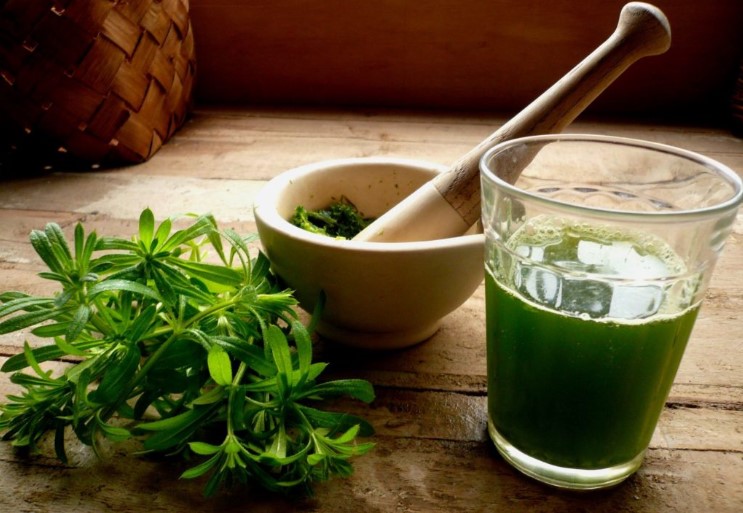
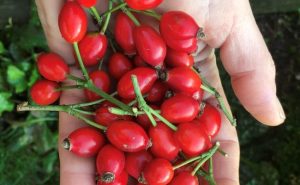
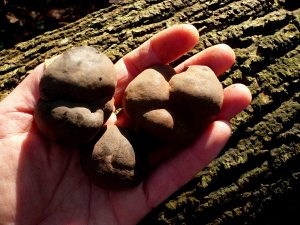
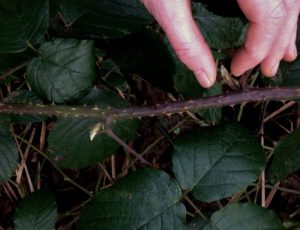
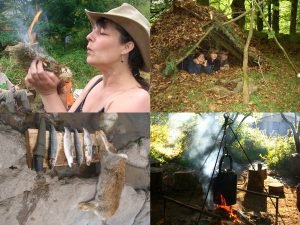

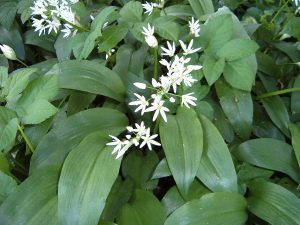
2 Comments
We’ve left a little nettle patch in the garden, for butterflies. This weekend we picked all the tops off, as you say, then put some in a blender with garlic, chillies and a bit of lemon juice – nettle salsa.
The rest we made nettle soup with. Fried onions and garlic (in a large saucepan rather than a frying pan), added some cubed potatoes and sauteed for a while, then added the rest of the nettles, salt and olive oil, fried for a while, then covered the lot with water, stirred it up, brought to the boil and simmered for 15 minutes. Then put in the blender – nettle soup.
Both were really delicious.
I tried, really I did. Tasted like the cabbage water the parents used to make us drink, only thicker.